Introduction
Chenpi duck, a beloved dish in Cantonese cuisine, combines tender duck meat with the aromatic complexity of dried tangerine peel (陈皮), a ingredient prized for its ability to elevate both flavor and digestion. This recipe guides you through creating a restaurant-quality version at home, balancing sweet, savory, and citrusy notes. Perfect for special occasions or weekend feasts, this dish requires patience but rewards with rich, melt-in-the-mouth results.
Ingredients
To serve 4-6 people, gather:
- 1 whole duck (5-6 lbs), preferably fresh or thawed
- 20g dried tangerine peel (aged 3-5 years for optimal flavor)
- ¼ cup light soy sauce
- 2 tbsp dark soy sauce (for color)
- 3 tbsp Shaoxing rice wine
- 4 tbsp rock sugar (or brown sugar)
- 4 garlic cloves, smashed
- 3-inch ginger, sliced thickly
- 2 star anise pods
- 1 cinnamon stick (3 inches)
- 1 tsp Sichuan peppercorns (optional)
- 4 cups water (or low-sodium chicken broth)
- 2 tbsp cooking oil (peanut or vegetable)
- 1 tbsp sesame oil (for finishing)
- Optional: 2 scallions, cut into 2-inch segments
Equipment Checklist
- Large heavy-bottomed pot or Dutch oven
- Tongs
- Basting brush
- Fine-mesh strainer
- Chef’s knife and cutting board
Step 1: Preparing the Duck
- Cleaning: Rinse the duck inside and out under cold water. Pat dry thoroughly with paper towels. Trim excess fat from the cavity and neck area.
- Scoring: Using a sharp knife, lightly score the duck’s breast and thigh skin in a diamond pattern (½-inch deep cuts). This helps render fat and absorb marinade.
- Blanching (Optional): For cleaner flavor, bring a pot of water to a boil. Hold the duck by the legs and dip it breast-side down for 30 seconds, then repeat on the back. This tightens the skin but can be skipped for quicker prep.
Step 2: Marinating the Duck
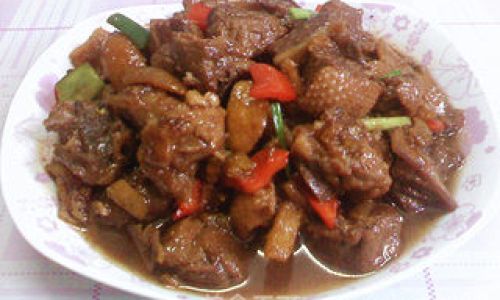
- Chenpi Preparation: Soak dried tangerine peel in warm water for 15 minutes until softened. Scrape off white pith (to reduce bitterness) and slice into thin strips.
- Marinade Base: In a bowl, combine light soy sauce, dark soy sauce, rice wine, and 1 tbsp of the rock sugar. Stir until sugar dissolves.
- Massage: Rub the marinade all over the duck, including the cavity. Place ½ of the garlic, ginger, star anise, cinnamon, and Sichuan peppercorns inside the cavity. Transfer duck to a large bowl, cover, and refrigerate for 4-6 hours (or overnight for deeper flavor).
Step 3: Searing the Duck
- Heat Oil: In your pot, heat 2 tbsp cooking oil over medium-high. Add remaining garlic and ginger, stirring until fragrant (30 seconds).
- Brown Skin: Place the duck breast-side down. Cook for 5-7 minutes until golden. Flip using tongs and repeat on the back. This seals in juices and caramelizes the skin.
- Drain Fat: Remove duck temporarily. Pour off excess fat, leaving 1 tbsp in the pot.
Step 4: Braising Process
- Aromatics: Return duck to the pot. Add marinade, remaining rock sugar, chenpi strips, star anise, cinnamon, and water (or broth). The liquid should reach halfway up the duck.
- Simmer: Bring to a boil, then reduce heat to low. Cover and simmer gently for 90 minutes, flipping the duck every 30 minutes. Baste occasionally with liquid to ensure even cooking.
- Check Tenderness: After 90 minutes, pierce the thickest part of the thigh. Juices should run clear, not pink. If needed, cook 15-30 minutes longer.
Step 5: Glazing and Reducing Sauce
- Uncover: Remove the lid. Increase heat to medium-high. Spoon sauce over the duck repeatedly for 10-15 minutes until the sauce thickens and the skin glistens.
- Rest: Transfer duck to a cutting board. Let rest 15 minutes to redistribute juices.
Step 6: Finishing the Sauce
- Strain: Pass the braising liquid through a fine-mesh strainer, discarding solids.
- Reduce: Return sauce to the pot. Simmer over medium heat until it coats the back of a spoon (about 10 minutes). Stir in sesame oil.
Step 7: Carving and Serving
- Chop: Use a cleaver or sharp knife to cut the duck into serving pieces. Traditional cuts include breast quarters, thighs, and wings.
- Plate: Arrange duck on a platter. Drizzle with reduced sauce. Garnish with scallions and additional chenpi strips if desired.
- Accompaniments: Serve with steamed jasmine rice, stir-fried greens, and pickled vegetables to balance richness.
Tips for Perfect Results
- Chenpi Quality: Aged peel (3+ years) has a deeper, mellow flavor. Look for dark amber hues and avoid overly brittle pieces.
- Fat Management: If the sauce becomes too oily, skim the surface with a spoon during cooking.
- Crispy Skin Hack: For textural contrast, briefly broil the duck skin-side up after braising (watch carefully to prevent burning).
- Make-Ahead: The dish improves after a day in the fridge. Reheat gently on the stove, adding water if needed.
Variations and Customizations
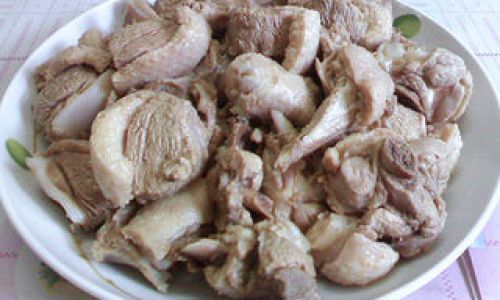
- Spicy Twist: Add 2-3 dried chili peppers or a tbsp of doubanjiang (spicy bean paste) during braising.
- Five-Spice Version: Substitute star anise and cinnamon with 1 tbsp Chinese five-spice powder.
- Vegetarian Adaptation: Use seitan or tofu puffs, adjusting cooking time to 30-40 minutes.
Understanding the Role of Chenpi
Dried tangerine peel isn’t just a flavor enhancer—it’s a digestive aid in traditional Chinese medicine. Its bitter, citrusy notes cut through richness, making heavy dishes feel lighter. The longer it’s aged, the more complex its flavor profile becomes.
Troubleshooting Guide
- Tough Meat: Likely undercooked. Extend braising time in 15-minute increments.
- Bitter Sauce: Over-simmering chenpi or not removing pith. Next time, soak longer and scrape thoroughly.
- Pale Color: Increase dark soy sauce or add a pinch of smoked paprika for depth.
Leftovers and Storage
- Refrigerate in an airtight container for up to 3 days. Reheat with a splash of water to prevent drying.
- Use leftover duck in fried rice, noodles, or wraps with fresh herbs.
Cultural Significance
Chenpi duck is often served during Lunar New Year and family reunions, symbolizing prosperity and togetherness. The dish’s labor-intensive preparation reflects care and respect for guests.
Conclusion
Mastering chenpi duck requires attention to detail, but the result—a symphony of umami, sweetness, and citrus—is unforgettable. Whether you’re a home cook honing your skills or a curious foodie, this recipe bridges tradition and accessibility. Pair with a crisp Riesling or light lager to harmonize flavors. Bon appétit!
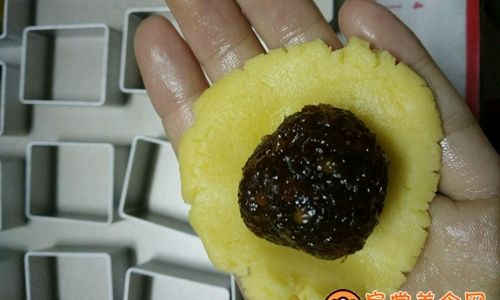
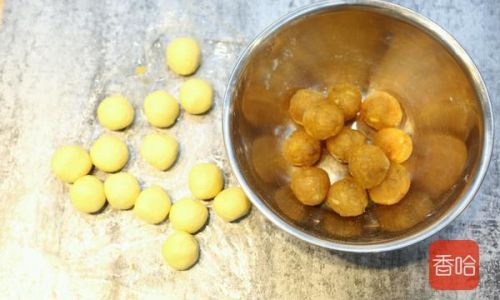
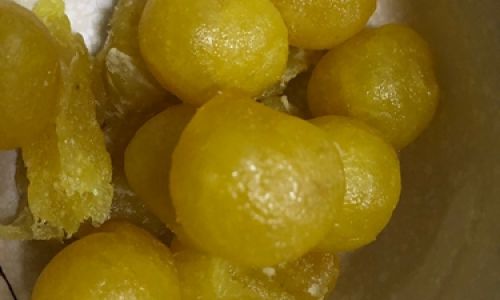

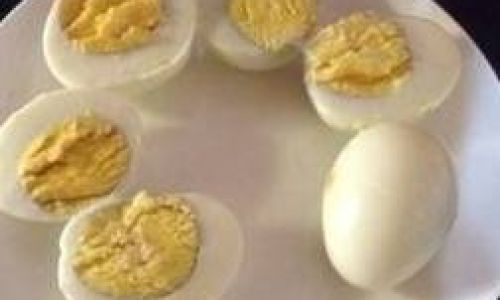
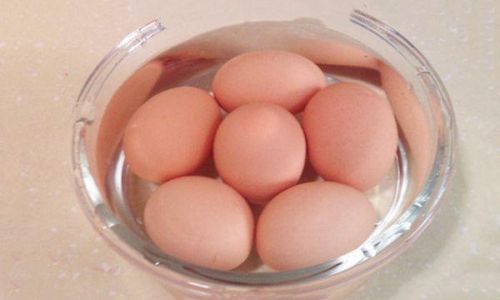
0 comments